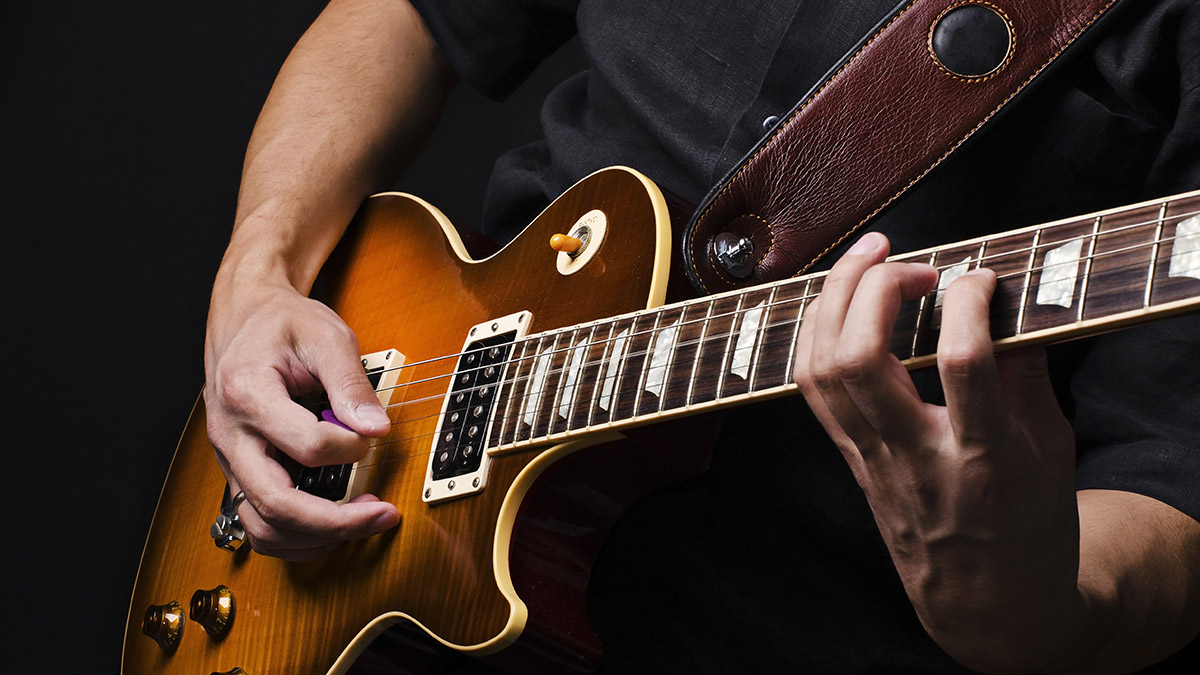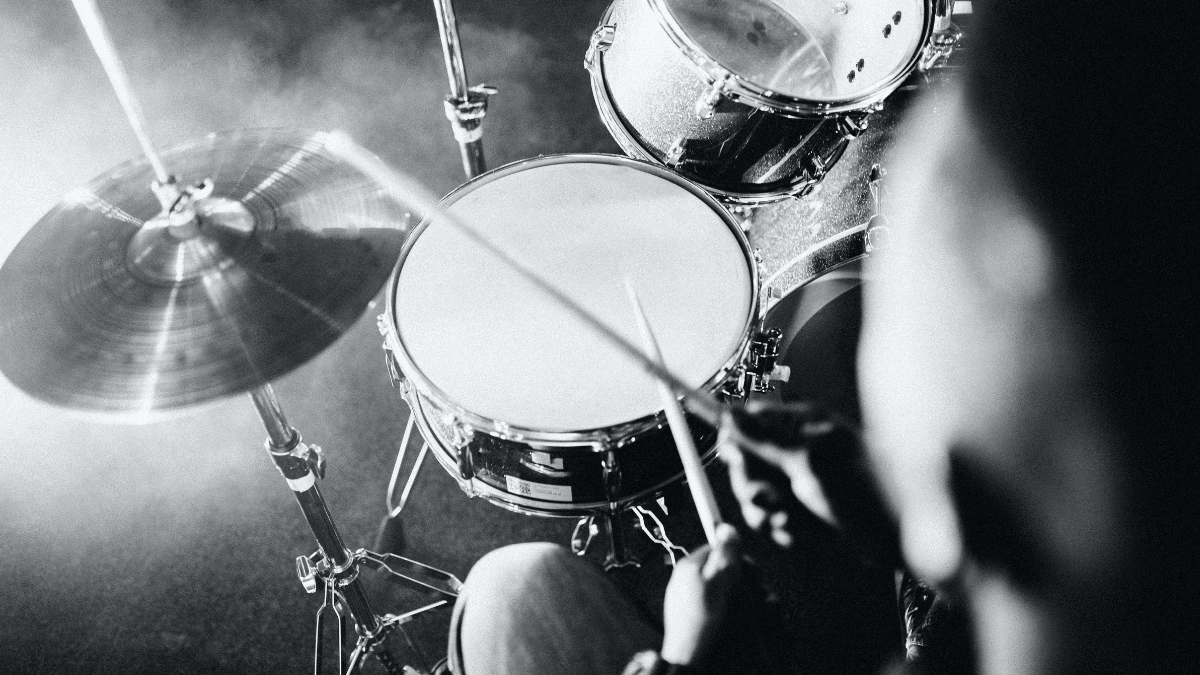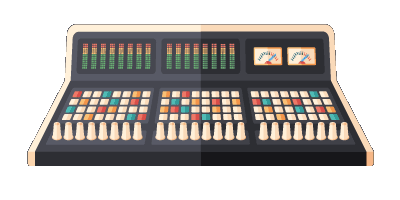Unlocking the Emotional Power of Chordal Harmony

Oh, the power of harmony! Music, as the soundtrack to the rest of our lives, creates and embodies even the deepest, most elusive emotions. Chords (and their progressions) act as vessels for those feelings, and as such, hold infinite potential for expression.
What is chordal harmony? The purpose of chordal harmony is to create tension and release. Simply put, the emotional context of a chord is created by the chord that comes before and after it. Let's take a look at several ways we can unlock the emotional power of chordal harmony.
1. Understanding Cadence
A cadence is a sequence of chords that resolve firmly to a place of familiarity. A 'Perfect cadences', creates a strong pull to the tonic, or first chord of a key. A perfect cadence is expressed as a V7 chord to the I (major) chord. This cadence extends beyond classical theory to contemporary genres, such as blues and rock. The resolution of a I - IV - V chord progression (or 12 bar blues) commonly follows this pattern. The V7 in and of itself does not create this resolve or strength, it is the combination of the V7 chord and the I (tonic) chord that follows it.
Understanding this concept is essential to fully comprehending how and why chordal harmony evokes different feelings.
2. Resolution
A perfect cadence creates a strong 'resolution'. Conversely, an 'unresolved' cadence, such as V7 - iii or IV to iv leaves us with a sense of longing, questioning or change. Each chord in a progression pushes or pulls to the next.
Therefore there is no 'correct' answer when it comes to which chords 'belong' in a progression, just choices. These choices have different emotional effects. It is the job of the songwriter to familiarize themselves with the nuances of these combinations, and train to call on them when needed to express their ideas. Stay sharp with ToneGym's Route VI ear training game!
3. Major and Minor
It's a common misconception that major or minor chords hold emotional power on their own. While minor chords can sound 'darker than major chords out of context, emotion comes from the context within which they are used.
For example, listen to Motown classic, 'Heatwave' by Martha & the Vandellas. The post-chorus progression goes I - V7 - vi. This progression and section of the song feels 'happy' and energized, even with the presence of the VI minor chord. In the context of a I - V7 progression, the dark quality of the VI minor chord is subdued.
On the flip side, the verse of 'Wild Horses' by the Rolling Stones follows a two chord I - iii progression. This movement feels very melancholic and bittersweet, even though the first chord is the tonic major. This is due to the unresolved tension between these two chords.
4. Common Emotional Qualities
While the emotional power of harmony is subjective, there are certain progressions that evoke similar emotions in a large group of music listeners. Here are a few common chord progressions and their associated 'emotions'.
- I - IV - V (plain, strong, safe)
The 1, 4 and 5 chords in any given key have a major quality (with the V chord being dominant). These degrees are traditionally called tonic, sub-dominant and dominant. Movement between these three chords in any order feels grounded, safe and powerful.
We can use this foundation to expand outward and unlock the power of other tonalities.
- I - V - vi - IV (hopeful, uplifting, joyous)
Four score and several years ago, an Australian group called Axis of Awesome posted a viral performance video of their '4 Chord Song' medley. The performance mashed together dozens of popular songs that all share the same four chord, I - V - vi - IV (1-5-6-4) progression, Often called 'the most common chord progression in the world'. As a slight variation of the 1-4-5 progression mentioned above, the 1-5-6-4 movement evokes feelings of overcoming adversity, camaraderie and joy.
This progression contains all three major/dominant chords and one minor chord. Even though the 6th chord is a minor chord, the progression never deviates into melancholy. This is because the opening I - V movement is strong, resolute and 'uplifting', while the ensuing vi chord just provides some color. Moving from the V to the vi chord a whole step away maintains a feeling of security, as there isn't a ton of movement between those two chords. The final chord is the strong 'sub-dominant' IV chord, which resolves well to the I chord.
5. Modal Interchange
Up until now, we've discussed diatonic harmony, when all of the chords in our progression come from the same key. But what happens if we borrow chords from different keys? We can achieve this without actually changing keys using modal interchange.
The most common example of modal interchange is to use the iv minor chord. The minor 3rd of the iv chord is the b6 degree of the I (major) tonic chord. It evokes a feeling of longing, desire and also hope.
- I - V7 - IV - iv
Another common example of modal interchange is to substitute III7 in place of iii. This can be found in Radiohead's 90's smash 'Creep' (which also uses the iv chord we just mentioned). The progression in that song goes: I - III7 - IV - iv.
The III7 chord feels 'weird, zany, fantastical, wild'; paired with the gloom of the iv chord, it creates a really intense emotional whirlwind.
Some other ideas for modal interchange are:
- I - bV (heroic, grand, dogmatic, dramatic)
- I - II7 - IV (mischievous, teen movie, lighthearted)
We don't always have to start on the I chord. Here is a common progression that begins on the IV chord
- IV - V7 - iii - I (hustle, perseverance, growth, confessional)
Worth mentioning is the common 'Hollywood' film progression:
- I - II/I (mystique, magic and enchantment)
This progression of a tonic chord moving to a major 2 chord over the tonic implies the #11 quality of Lydian, and is commonly used by composers John Williams and Danny Elfman in films like E.T., Star Wars and others.
As you progress as a songwriter and musician, you'll attach your own emotional power to different combinations of chords. The only way to develop your palate is to listen, listen and listen some more. Then get to work and start writing!



Comment on this post on ToneGym Community